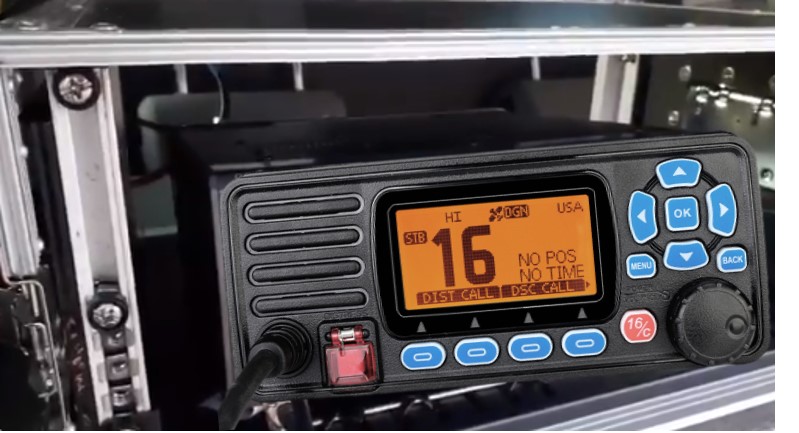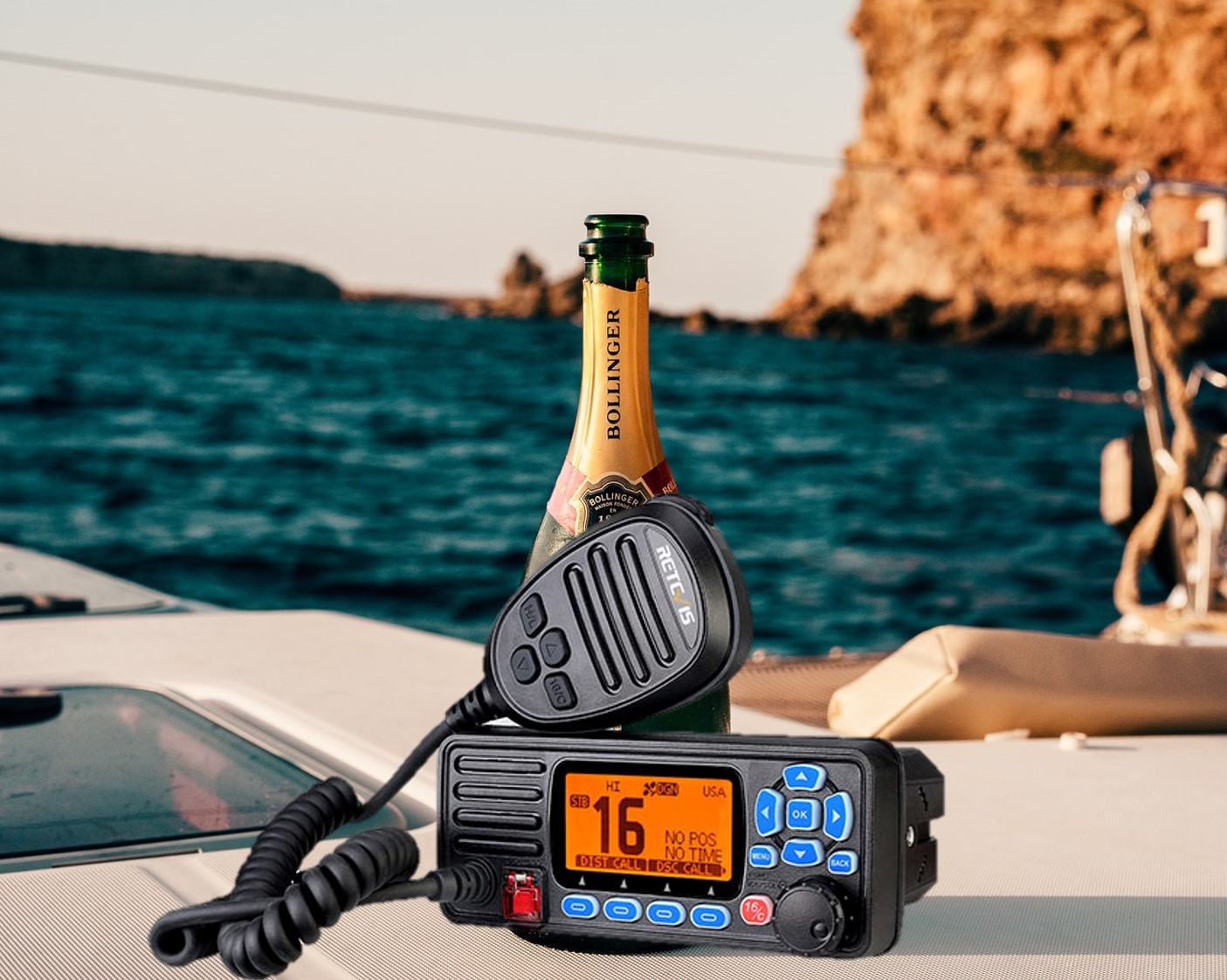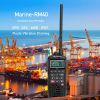Push button distress calling

Digital Selective Calling—DSC—is one of those features that, despite having been standard on every fixed-mount VHF for more than a decade, is little understood and little used by recreational sailors. One reason is perhaps that it requires two devices to be wired together—a process that requires some head-scratching if the two are from different manufacturers. Another might be that DSC requires you to obtain a Marine Mobile Service Identity (MMSI) number that must be programmed into the radio.
Basically, DSC sends out a distress signal at the push of a button, and if you’ve hooked your radio up to your plotter or GPS and done the paperwork to acquire an MMSI number, it’ll also broadcast your boat’s name, position and other information rescuers might find useful. And it keeps broadcasting that signal until someone responds or you switch it off.

The MMSI is like a phone number in that if you know your friends’ numbers you make their VHF radios ring loudly and then switch to a preferred audio channel when they respond. You’ll also be able to direct-call ships seen on AIS. This may not be important to you, but the safety aspect of DSC should be. The ability to push a button and then have the distress signal sent automatically while you attend to whatever emergency prompted the button-push could, literally, be a life-saver.
The information you give when registering for a MMSI number is kept in a database accessible to the Coast Guard for SAR operations. If you have an AIS transponder on board, you will already have an MMSI number, and it’s easy to key that into your DSC-capable VHF.
If you want to know more information about Retevis marine radio, please contact us by email:info@retevismarine.com , facebook: Retevis Marine Radio | Facebook , Wechat: 主页 / Twitter.






